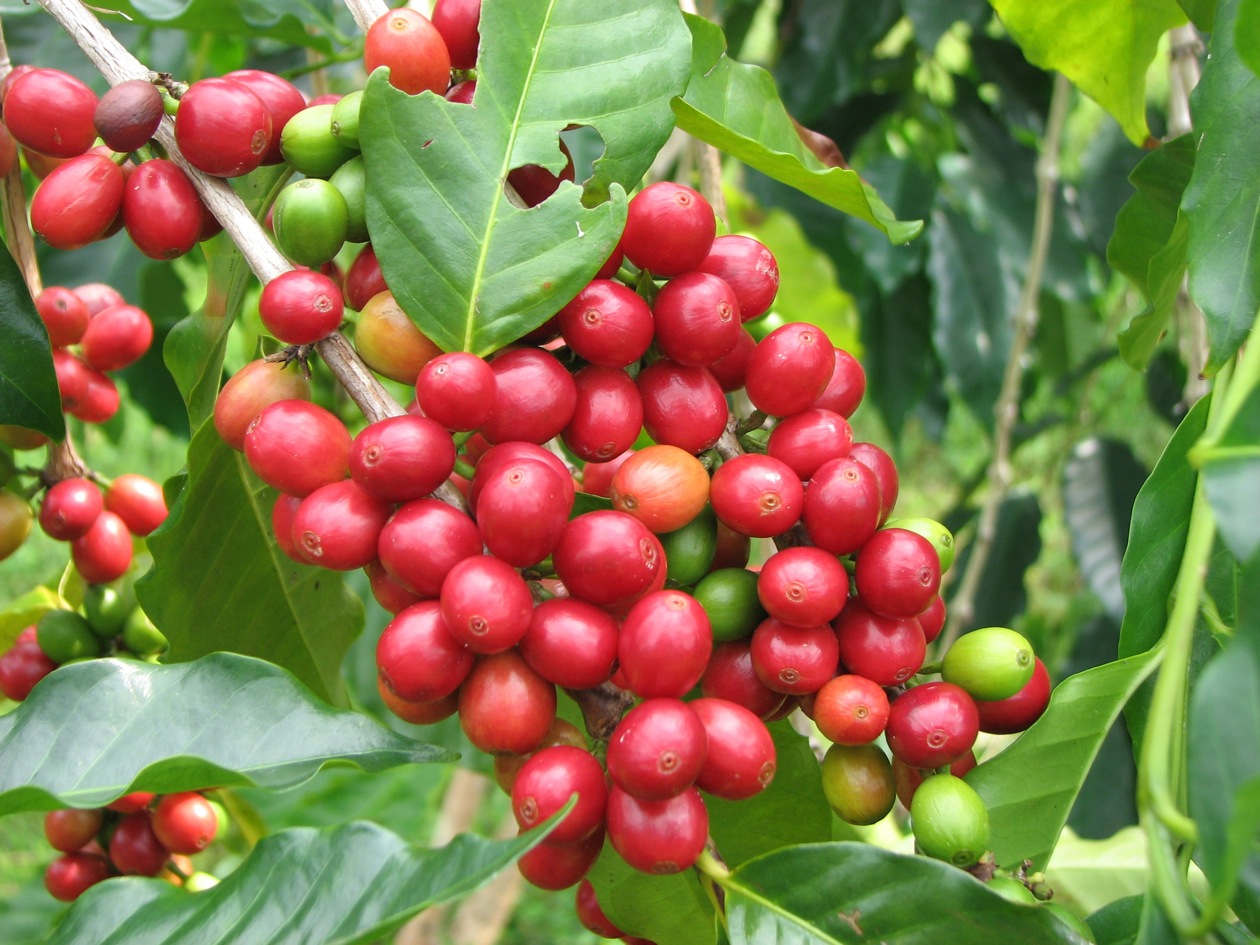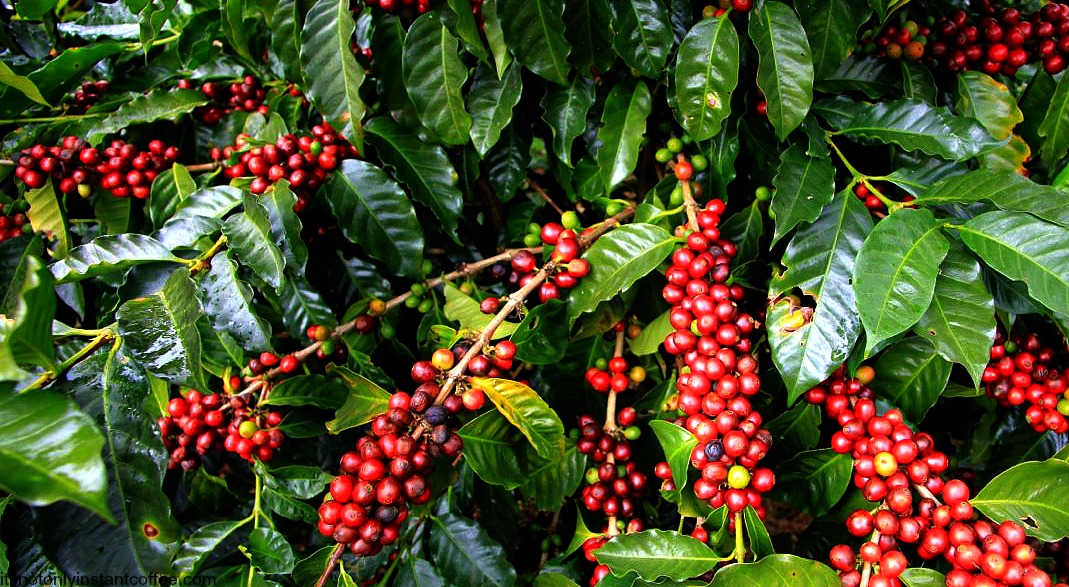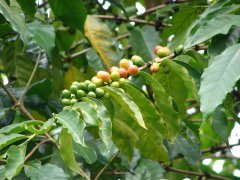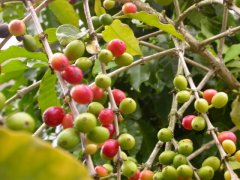GERA Taste characteristics of Yejia Coffee beans introduction to the flavor of Ethiopian coffee producing areas
For professional baristas, please follow the coffee workshop (Wechat official account cafe_style)
Country: Ethiopia (Ethiopia)
Producing area: Sidamo/Sidama (Guji)
Shaqisuo micro-production area (Shakisso)
Altitude: 1850-2000 m
Variety: Ethiopian ancient superior original species
Producers: member small farmers (about 700)
Annual rainfall: about 1800-2000 mm
Treatment: washing

Flavor: bright and rich flower aroma, wet fragrance with delicate aroma of lemon peel, sipping emitting lemon, kumquat, honey.. The middle and back section of grapefruit, sweet orange and white wine are clear and sour, the overall flavor texture is clean and bright, and the fruit feeling is quite bright.
The administrative region of Ethiopia is divided into four grades, the order from big to small is Region, Zone, woreda, kebele. Most of the raw coffee bean names follow this rule. Guji-Shaquiso, which is located in the southeast of the well-known producing area of Yegashifi, belongs to Oromia Region → Guji Zone → Shakisso woreda, belonging to the regional source of coffee beans.
Just as Yega Xuefei became well-known after becoming famous, it became an independent producing area. Guji became an independent production area by ECX in 2010 because of its superior geographical location and cup flavor. Shakisso (sometimes translated as Shakiso) is the most attractive micro-producing area in the Guji producing area, which is located in the southeast of Yejashafi, with an average altitude of more than 1800 meters, fertile black soil (Vertisol), and a significant temperature difference between day and night, so that the local has the local conditions to produce high-quality boutique coffee. Almost all the sources of local coffee production belong to the form of individual small farmers. At the arrival of the production season, the ripe red transparent berries from their neighbors are picked and sent to the treatment plant, and placed on a well-ventilated African scaffolding to control the temperature and fermentation degree. After the pulp is removed, the water content is reduced to between 11.5% and 12%. When the post-processing and static operation are completed, the export is done through the competitive bidding system of the ECX Ethiopia Commodity Exchange. Local exporters or international buyers follow this system to find their favorite raw coffee beans.
In recent years, the most eye-catching producing area in Ethiopia is Yegashafi. Guji-Shakiso is less known than Yega Xuefei, but under the trend of soaring overall prices in 2015, international boutique buyers have turned to other neighboring producing areas, such as Sidamo, Limu and Jimma.... Wait, wait,

Shakisso (sometimes referred to as Shakiso) is located in the Guji producing area of Morri, Xida. Open Coffee Review's website to search for keywords with Guji. There are more than a dozen articles with scores above 92, and there are also several times with high scores of 94 and 95. The famous Ardi comes from Guji producing area.
Shaquiso is a unique producing area of Guji / Cedamori, even in Cedar Morri, which is far from most coffee producing areas, while another famous local item is gold mines. Labor, land, race and other factors also destabilized the region in 2006. The coffee in this region is quite unique, and the coffee produced has repeatedly attracted the attention of the market. Ninety Plus's legendary bean "Nekisse" originally means "nectar from Shaquiso" (Nectar from Shakisso), and the producing area and its name all come from Shakisso.
Important Notice :
前街咖啡 FrontStreet Coffee has moved to new addredd:
FrontStreet Coffee Address: 315,Donghua East Road,GuangZhou
Tel:020 38364473
- Prev

How many independent coffee producing areas are there in Ethiopia besides Yega Xuefei?
For the exchange of professional baristas, please follow the coffee workshop (Wechat official account cafe_style) Ethiopia Natural Yirgacheffe Banko Gotitii G1 Ethiopia Sun Yega Sherfield Wokadin Village G1 Classic Blueberry aroma country: Ethiopia (Ethiopia) production area: Yega Xuefei (Yirgacheffe), Keble Worka producer: Alimbu
- Next

How to make a good manning coffee? what are the special characteristics of manning coffee
Communication of professional baristas Please pay attention to Coffee Workshop (Wechat official account cafe_style) Manning Coffee is full of slight acid, mixed with the richest aroma, making it very easy to appreciate the lively factors in moderation and fragrance. It confuses many suitors with its outstanding taste. The Dutch first introduced Arabica seedlings to Ceylon and Indonesia in the 17th century.
Related
- Detailed explanation of Jadeite planting Land in Panamanian Jadeite Manor introduction to the grading system of Jadeite competitive bidding, Red bid, Green bid and Rose Summer
- Story of Coffee planting in Brenka region of Costa Rica Stonehenge Manor anaerobic heavy honey treatment of flavor mouth
- What's on the barrel of Blue Mountain Coffee beans?
- Can American coffee also pull flowers? How to use hot American style to pull out a good-looking pattern?
- Can you make a cold extract with coffee beans? What is the right proportion for cold-extracted coffee formula?
- Indonesian PWN Gold Mandrine Coffee Origin Features Flavor How to Chong? Mandolin coffee is American.
- A brief introduction to the flavor characteristics of Brazilian yellow bourbon coffee beans
- What is the effect of different water quality on the flavor of cold-extracted coffee? What kind of water is best for brewing coffee?
- Why do you think of Rose Summer whenever you mention Panamanian coffee?
- Introduction to the characteristics of authentic blue mountain coffee bean producing areas? What is the CIB Coffee Authority in Jamaica?

